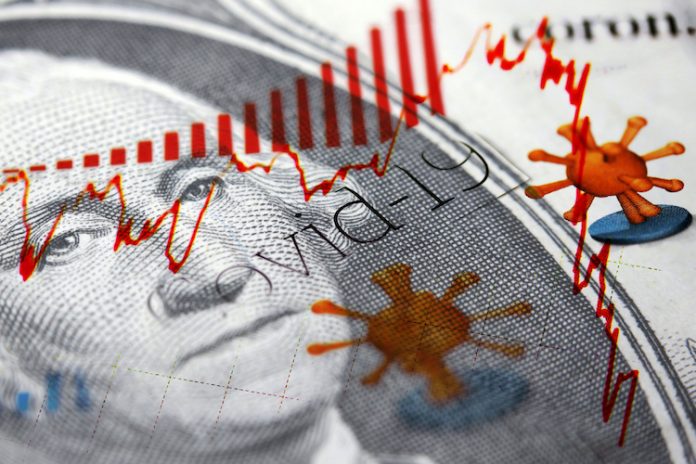
DALLAS—The global economic recovery has begun to hit its stride in most regions, with workforces in many countries planning to return to the office in the second half of 2021, transaction activity increasing, and strong gains forecast for investment in sectors including industrial and logistics and multifamily, according to CBRE’s 2021 Global Midyear Market Outlook.
COVID-19 variants, rising global debt, and the possibility of sustained high inflation are the key risks to the economy and commercial real estate over the next 12 months. Still, CBRE forecasts that the economic momentum from pent up-demand, government stimulus, and reopening will eclipse those factors.
CBRE foresees peak growth in gross domestic product for the Americas and Asia Pacific (APAC) this year, led by the United States at a 7.1 percent gain and China at an 8.2 percent gain. Europe is predicted to reach its strongest GDP growth in 2022, which will help to sustain the fast-paced global recovery. Globally, the industrial and logistics and multifamily sectors already have recovered from the recent downturn, and the recovery for the office, retail, and hotel sectors will progress over the next two years.
“The global recovery is well underway, but it will take several years for some sectors to approach or return to their precrisis levels,” said Richard Barkham, CBRE global chief economist and head of Americas research. “Concerns about inflation likely will cause some market volatility, but we anticipate that central banks won’t need to raise interest rates in the next 12 months. This will support economic growth for the next two years and create a positive environment for commercial real estate.”
Capital Markets
The recovery for global real estate investing and lending will gain momentum in this year’s second half and into 2022. CBRE predicts that global investment volume will increase by 23 percent in 2021. Income returns will remain stable and capital values will return to precrisis levels this year, possibly resulting in higher total returns than in 2019.
Office
Office vacancy rates will rise a little further this year and then decline in 2022. Globally, positive net absorption for office space will return by late 2022, driven by employment growth. Global leasing activity is expected to increase by 10 percent this year, with activity in the Americas and EMEA led by life sciences, manufacturing, energy, and technology. In APAC, fintech, insurance, and tech will lead leasing activity.
Occupiers
In countries with low office occupancy, employees are anticipated to start frequenting the office on a more regular basis in the second half of the year, barring any restrictions brought about by surges in the delta variant. The sentiment is waning in the Americas for big reductions to office portfolios, while domestic companies in APAC anticipate growth, and the EMEA region mostly expects to hold steady. Demand for flex space will increase.
Industrial and Logistics
This year will be the strongest on record for the sector. Retailers and others will increase their inventories to cushion against major disruptions. More companies will outsource their supply chain operations, which means third-party logistics companies will claim an even larger share of leasing activity.
Retail
The global economic recovery will be uneven, with luxury, discounts, and services garnering the most spending. Retailers will expand further into programs like click-and-collect and ship-from-store to counter rising costs of last-mile delivery. CBRE expects that new leases will include more detailed clauses allowing retailers more options for reacting to major, unforeseen events.
Multifamily
Multifamily will become the leading global investment asset class in the near future as EMEA and APAC further adopt the multifamily-rental model popular in North America. Vacancy rates will decline over the next year, rents will increase, and capitalization rates will decline. CBRE expects that most U.S. markets will exceed precrisis rent levels by the second quarter of 2022.











